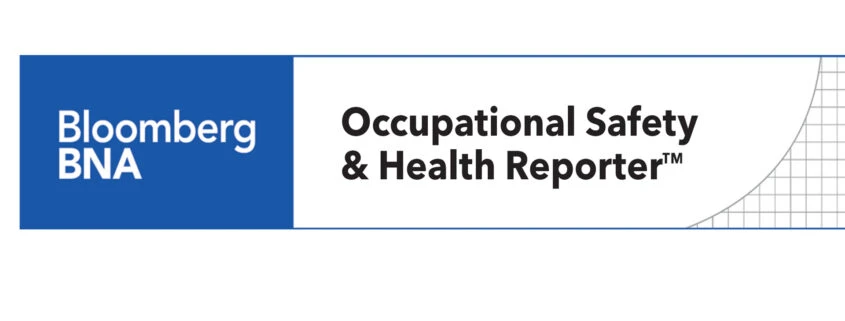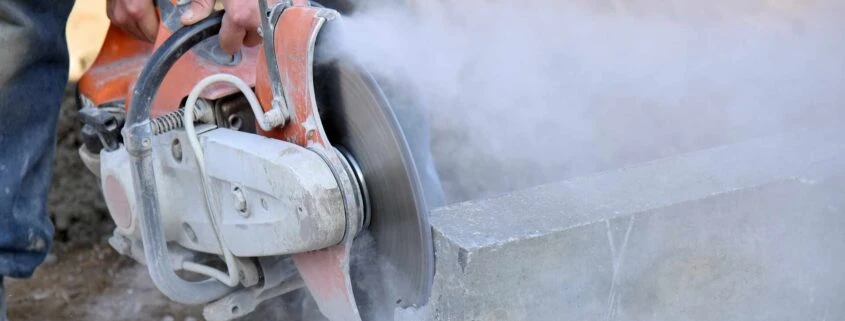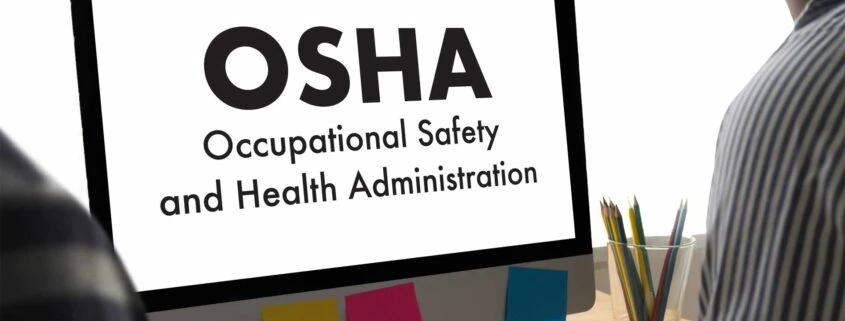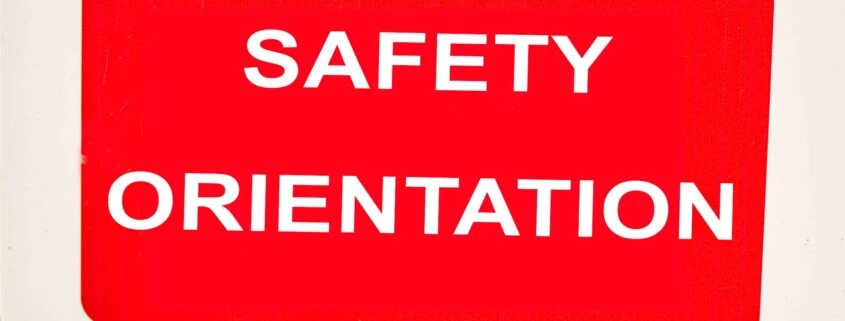HB NEXT 2017 – A YEAR IN REVIEW
2017 went by in a flash with lots of excitement around HB NEXT. Tony Middlebrooks, President and Co-Founder of HB NEXT, reflects on the year that saw changes and growth throughout the construction industry.
First, I want to personally thank our customers and our staff for what has turned out to be a record-setting year for HB NEXT. Without the loyalty of our customers and their trust in allowing HB NEXT to support their growth, we would not be able to reach our goals. Without the dedication and determination of our HB NEXT employees, we would not be where we are today.
HB NEXT is made up of seven unique businesses:
- Safety
- Environmental
- Training
- Software
- Legal
- Utility Services (HB NEXT Energy Solutions)
- Erosion Control
These businesses are horizontally integrated with each other to allow HB NEXT to offer construction and power utility customers support services.
Below, I highlight and review each business unit for 2017. See the growth and changes over the year.
The Safety Business Unit continues to expand and support all trades in the commercial industry with Mock OSHA Inspections, on-site safety services, safety program development, implementation & updates, and safety support services. Due to increased scrutiny from OSHA in the residential construction industry, we have seen an increased market demand for Safety Inspections & support services with regional and national homebuilders. Additionally, orientation automation has become a major area of focus for mid-sized commercial contractors and large residential contractors.
The Environmental Business Unit continues to support the largest national homebuilder in the US, providing weekly and in some cases daily NPDES inspections and SWPPP writing. We also expanded our NPDES Inspection Services with one of the largest power utilities in Georgia. Currently, we provide boots on the ground services for the entire States of Georgia, Florida, South Carolina and North Carolina with some coverage in Alabama and Tennessee.
The Training Business Unit saw a banner year in the area of Workforce Development and Leadership Training. Currently, we have four workforce development programs in full swing, Westside Works, CobbWorks, The Center for Working Families, & Aerotropolis. As of December 2017, 635 residents have been trained and credentialed through the Construction Ready Program, and we’ve placed 592 into full-time, entry-level jobs, for a placement rate of 93%. The retention rate after one year is about 75% as well. In addition to this, we continue to educate around 5,000 students per year via Public and Private classes, and we opened a satellite office in Columbus, GA.
The Software Business Unit continues to provide internal software development to support HB NEXT services, and they continue to support companies across the nation with cloud-based solutions. We have simplified our Software offerings, and this business unit will continue to evolve rapidly in 2018. As we close 2017, the Software Business Unit is in the middle of launching “CMT Cloud”, a subscription-based product offering for construction material testing firms of all sizes. This offering will officially launch in Q1 2018 followed by a suite of three more subscription-based cloud products.
This year the Utility Services business unit outgrew our corporate office location and is going through a re-brand as we approach 2018. Moving forward this business unit will be known as HB NEXT Energy Solutions. This business unit now has its own dedicated website and a new office conveniently located in Covington, GA. Energy Solutions continues to morph as more power utility companies find out about our services. We recently added the 3rd largest EMC to our customer list. Now, we can proudly say we provide services for 3 of the top 4 EMCs in the state of Georgia and the largest power utility company in the Southeast. Towards the end of 2017, we added an Energy Audit Division and their mission is to help consumers identify residential and commercial energy loss.
The Legal Business Unit has worked on several cases in 2017 to help clients mitigate and in some cases, eliminate OSHA fines imposed on them. This year, we have been able to successfully contest OSHA citations by showing that a different employer was the responsible employer for the hazards and employee exposure at those jobsites. This was one of the trends we found for 2017. However, to make this defense successfully, clients need good contracts and oversight for their subcontractors.
The Erosion Control Business Unit has added several top-tier residential customers in the Jacksonville, Florida area. We continue to be the market leader for erosion control installation and maintenance in Northeast Florida.
In summary, it has been an exciting 2017. We look forward with great anticipation and excitement for 2018. The future looks bright and we have been truly blessed. We value all of our client and vendor relationships. Please contact us if we can help you solve your latest construction challenge.











